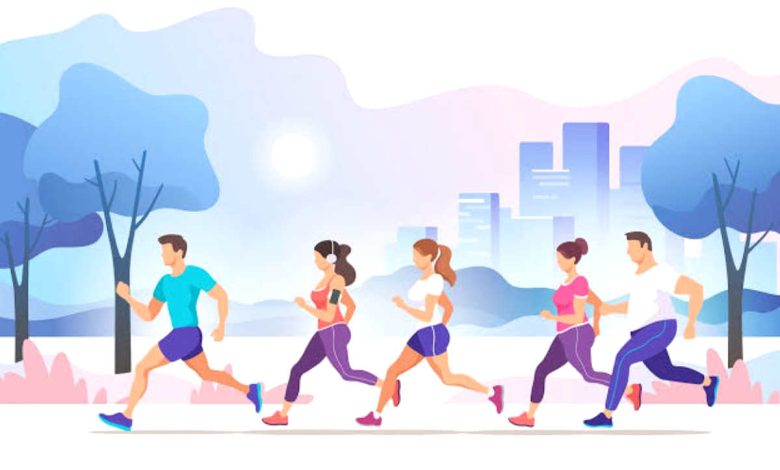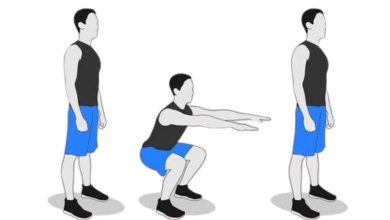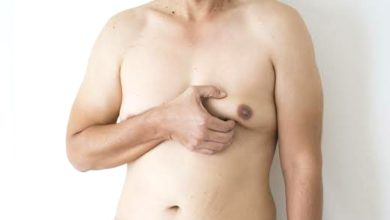Social Benefits of Exercise: A Deeper Dive into the Social Elixir

(10 Social Health Benefits of Exercise)
Beyond the physical benefits of improved cardiovascular health, increased strength, and weight management, exercise serves as a potent catalyst for fostering social connections, building friendships, and enriching our overall well-being. Let’s delve deeper into the myriad ways in which exercise can enhance our social lives, from boosting self-confidence to creating lasting bonds.
Building a Community of Like-Minded Individuals
One of the most significant social benefits of exercise is the opportunity to connect with people who share similar interests and values. Whether it’s joining a running club, a yoga class, or a team sport, engaging in physical activities provides a natural platform for meeting new people and forming lasting friendships.
Shared Experiences: Participating in group workouts or competitions creates a sense of camaraderie and shared experiences. Celebrating victories and overcoming challenges together strengthens bonds and fosters a sense of belonging.
Common Ground: Exercise often brings together people who have a genuine interest in health and wellness. This shared passion can serve as a strong foundation for building relationships and creating a supportive community.
Shared Goals: Working towards common fitness goals can create a sense of unity and shared purpose. Whether it’s training for a marathon or simply trying to improve your overall health, having a shared goal can bring people together and strengthen their bonds.
Boosting Self-Confidence and Social Skills
Regular exercise has a profound impact on our self-esteem and confidence levels. When we achieve our fitness goals and overcome challenges, we develop a sense of accomplishment that can translate into increased self-belief. This newfound confidence can have a ripple effect on our social interactions, making us more outgoing and assertive.
Positive Body Image: Physical activity can help improve body image and self-perception. When we feel good about ourselves physically, it’s easier to project confidence and positivity in social situations.
Enhanced Social Skills: Exercise often involves interacting with others, whether it’s collaborating with teammates or participating in group activities. These interactions can help develop social skills, such as communication, teamwork, and conflict resolution.
Increased Resilience: Overcoming challenges and setbacks in exercise can build resilience, which can also translate to improved social skills. When we are able to bounce back from adversity, we are more likely to be confident and assertive in our interactions with others.
Reducing Stress and Improving Mental Health
Exercise is a well-known stress reliever, and its positive effects on mental health extend far beyond stress reduction. Regular physical activity can help improve mood, reduce anxiety, and boost overall well-being. When we feel happier and healthier, we are more likely to be engaged and positive in our social interactions.
Endorphin Release: Exercise stimulates the release of endorphins, the body’s natural mood elevators. These feel-good chemicals can help reduce stress, anxiety, and depression.
Improved Cognitive Function: Physical activity has been shown to enhance cognitive function, including memory, attention, and problem-solving skills. This can make us more effective communicators and collaborators.
Increased Empathy: Exercise has been linked to increased empathy and compassion. When we feel good about ourselves and our bodies, we are more likely to be open to the experiences and emotions of others.
Creating Opportunities for Socialization
Exercise can provide a natural setting for socializing and building relationships. Whether it’s participating in a group fitness class, joining a sports team, or simply going for a walk with friends, physical activity can offer countless opportunities to connect with others.
Social Events: Many exercise groups and clubs organize social events, such as parties, outings, or competitions. These events provide a chance to socialize outside of the workout setting and strengthen existing bonds.
Volunteer Opportunities: Exercise can also be a way to give back to the community and meet new people. Volunteering for athletic events, coaching youth sports, or participating in charity runs can be a rewarding way to combine exercise with social good.
Shared Experiences: Participating in group activities or challenges can create a sense of shared experience and camaraderie. Whether it’s training for a marathon or simply completing a fitness challenge, working towards a common goal can strengthen bonds and foster a sense of belonging.
Exercise for All Ages and Abilities
One of the most appealing aspects of exercise is its accessibility. There are countless physical activities suitable for people of all ages and abilities. Whether you’re a seasoned athlete or just starting your fitness journey, there’s a way to incorporate exercise into your social life.
Group Fitness Classes: Group fitness classes offer a fun and supportive environment for people of all fitness levels. From yoga and Pilates to Zumba and spin, there’s a class to suit every interest.
Team Sports: Participating in team sports can be a great way to meet new people and develop teamwork skills. Whether you’re playing soccer, basketball, or volleyball, there’s a team sport for everyone.
Individual Activities: If you prefer individual activities, there are plenty of options to choose from, such as running, cycling, swimming, or hiking. These activities can be enjoyed alone or with friends and family.
The Power of Community: How Exercise
Fosters Social Bonds
Beyond individual benefits, exercise plays a pivotal role in strengthening community bonds. Shared physical activities can bring people together, fostering a sense of belonging, cooperation, and support.
Community-Building Initiatives
Many communities have embraced exercise as a means to promote social cohesion and improve overall well-being. Here are some examples of community-based initiatives that utilize exercise to strengthen social bonds:
Community Parks and Recreation Centers: These facilities often offer a variety of exercise programs and activities, providing opportunities for people to connect with their neighbors and engage in physical activity.
Walking and Running Clubs: These clubs can be a great way to meet new people and explore your community. Many walking and running clubs organize group outings, races, and social events.
Team Sports Leagues: Participating in team sports can be a great way to build camaraderie and strengthen community ties. Local leagues often offer a variety of sports for people of all ages and skill levels.
Fitness Challenges and Competitions: Community-wide fitness challenges and competitions can be a fun and engaging way to encourage physical activity and promote a sense of community.
The Role of Exercise in Disaster Response
Exercise can also play a crucial role in disaster response and recovery. Physical activity can help people cope with the stress of a disaster and rebuild their lives. Additionally, exercise can be a powerful tool for fostering community resilience and strengthening social bonds in the aftermath of a disaster.
Community Cleanup Efforts: Exercise can be a great way to get involved in community cleanup efforts after a disaster. These efforts can help to restore a sense of normalcy and bring people together.
Support Groups: Exercise can be a valuable tool for creating support groups for people who have been affected by a disaster. These groups can provide a safe and supportive space for people to share their experiences and receive emotional support.
Exercise and Social Equity
While exercise can be a powerful tool for fostering social cohesion, it’s important to address the issue of social equity in access to exercise opportunities. Not everyone has the same resources or opportunities to engage in physical activity.
Affordable Exercise Programs: Communities should strive to offer affordable exercise programs and facilities to ensure that everyone has the opportunity to participate.
Safe and Accessible Spaces: Exercise spaces should be safe, accessible, and inclusive. This means providing adequate lighting, security, and amenities for people of all abilities.
Community Outreach: Organizations should actively reach out to underserved communities to promote the benefits of exercise and provide opportunities for participation.
Conclusion
Exercise is more than just a physical activity; it’s a powerful tool for enhancing our social lives. By building connections, boosting self-confidence, reducing stress, and creating opportunities for socialization, exercise can have a profound impact on our overall well-being. So, whether you’re looking to make new friends, improve your mental health, or simply have more fun, consider incorporating exercise into your social life.



